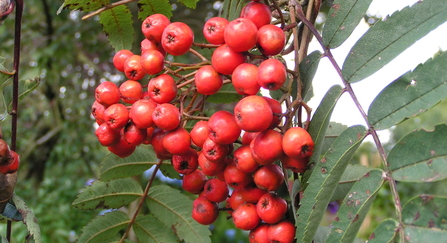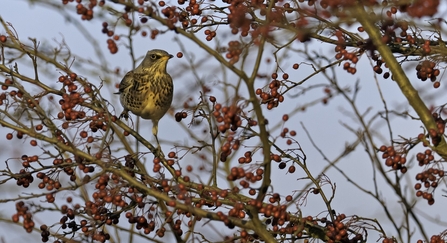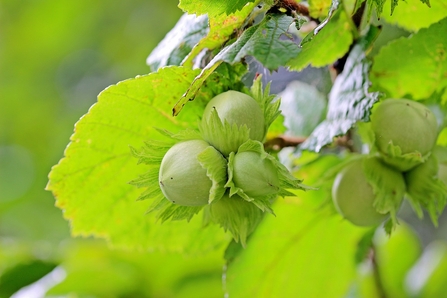As we begin to see the drizzly days of this year's summer slowly fade, a gentle transformation sweeps the landscape. Leaves adorned in shades of amber and crimson begin their graceful descent, carried by the crisp breath of autumn. The air turns cooler, hinting at cosy gatherings and the promise of new beginnings amidst nature's vibrant metamorphosis.




